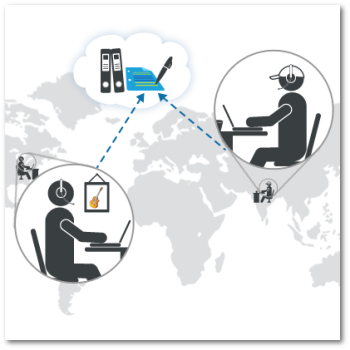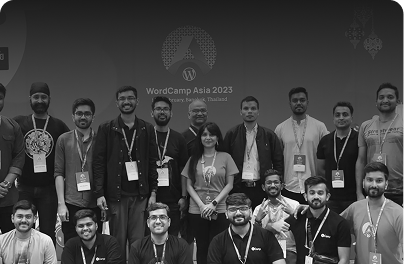After the talk about rtCamp’s love for agile development in an earlier post, it’s time to shed some light on how we set the stage for smooth WordPress theme and plugin development .
.
Agile stresses on working software in preference to comprehensive documentation, but at the same time does not seek to deny the value of good documentation.
It is this very aspect that earns our earliest attention when it comes to thoroughly understanding clients’ needs.
Refinement through collaboration
Our requirement gathering exercises begin with a small but important questionnaire for both B2B and B2C customers.
Questions for WordPress theme customers
- The size, specialization and competitors of the company.
- The target audience of the website.
- The idea that sparked the need for a website.
- The customers’ likes and dislikes among website layouts.
Questions for WordPress plugin customers
- The targeted user base of the plugin: Developers or end-users.
- Functional requirements.
- Third party platforms or APIs to be used, if any.
Now that we are in the era of the cloud, it’s easier than ever to produce great documents through web-based tools – all our observations are written up in a collaborative document continuously reviewed by the client. We take anything between a few days to over a week to go through adequate iterations of the requirement specification document. The result is a complete understanding of our clients’ objectives.
What does the final document contain?
Our requirements document ultimately captures:
- The scope of work.
- Implementation methodology.
- The roadmap.
- Details of annual maintenance contract, if any.
- Payment-related details.
Shutting the doors for ambiguity
Moving on, coding up and implementing website projects turns out to be smooth sailing. There’s little room for confusion, and deliveries happen on time.
And if it’s a long, agile-driven exercise, each development cycle produces usable components that ultimately help build a complete software solution.
On this page








Leave a Reply